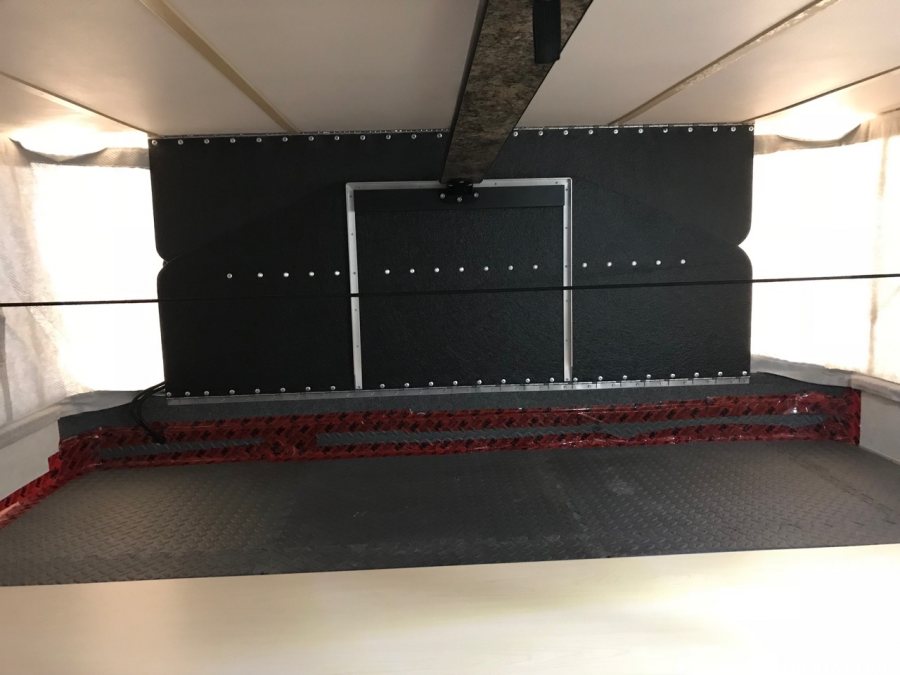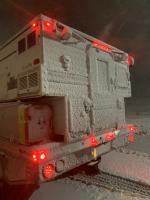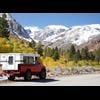^ Interesting, that jives with me thinking I had read sometime about a liner design used ages ago, maybe it was in the lift patent description Craig posted.
If not insulated, I wonder if a breathable fabric might be an idea...
And, just to add some thoughts on air circulation ... Like other users - I imagine - I have a sequence to the places I look for condensation in the morning. If present, the accumulation typically follows a progressive order of locations. For me, the first place is on the cabover vinyl, at my feet when sleeping. If there is no condensate here, there will almost never be any found anywhere else inside, even on the vinyl wall closest to our heads.
I don't think this foot area is caused directly by bodily evaporation but rather from the general interior atmosphere condensing at that spot (when the sidewall is cold enough). Also, on occasion when we have left a water jug or similar bulky object on a rear countertop and placed close to a corner, there will sometimes be condensate behind it, on the vinyl. My theory is condensation can occur more readily in both these spots because of poor air circulation - relative to more freely exposed surfaces. For this reason I think sleeping NS might be helpful. And also, perhaps, forced air movement along the camper interior walls.
... and on air replacement/exchange... I think, when using a furnace overnight, the ideal would be to heat the camper atmosphere, with the warming air absorbing interior moisture, then have that moist air exhausted. This to be replaced with new outside air (hopefully drier but certainly colder) entering the camper warmed by the furnace; this by employing some degree of outside air mix into the furnace's cold air intake.
I don't know if the newer campers are airtight enough, or the blower motor powerful enough, that the furnace could pressurize the interior enough to force exhaust through the ceiling vents. Most users are probably relying on natural heat convection (if that's the correct term usage) with a combination of window, turnbuckle hatch and ceiling vent open. But I don't think the standard, and fantastic fan exterior covers are particularly well suited for venting during rainy or windy conditions and I often feel cold air flowing down thru the vent on calm nights. So some degree of forced air movement, with make up air would be helpful, IMO.


















